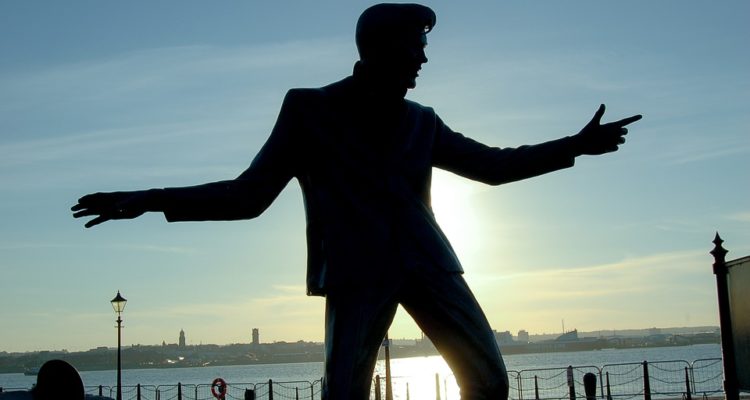“The number of cigarette butts and beer bottles we find in our parking lot on Wednesday night is not a testament to our church’s failure in youth ministry but its success!”—my senior pastor on a Sunday morning 20 years ago
A 70s-era Elvis, dressed in white jumpsuit, was chasing a teenager down the street yelling, “Come back you are welcome here! Let’s talk. You’re not in trouble!”
I recognized the Elvis impersonator. He was my father-in-law.
So, I shrugged, pulled into the church parking lot and walked over to the youth room, where a crowd had gathered. Apparently, the young man my father-in-law was chasing was a member of a gang, and there had been an altercation in the middle of youth group. My father-in-law, who had lost a bet with the youth group and had died his hair black and dressed as Elvis, had chased after one of the young men as he fled the situation.
The next week, police officers were on the premises during the youth group meeting, and a stir emerged in the church about safety and just who it was we were trying to reach. Our community around my new church family was changing. I wondered what they would do.
I’d been through this journey myself in high school, when my youth pastor was struck by the notion that our youth group should be reaching the larger population of teens in our community. The hooligans who showed up for midweek events often cursed, got into fist fights and smoked outside the youth room, my youth room.
The regulars became known as the Monte Vista Gang, which wasn’t really a gang, but a name given by members of the church after the street on which the church and our new friends lived.
For a kid who’d grown up in a super conservative home, where shows such as “Bewitched” weren’t allowed, and Lucky Charms weren’t served for breakfast (because there is no such thing as luck!), this was a different group of people than I was used to hanging out with. We had little in common, but their presence didn’t fill me with joy or grace as they started their journeys of following Jesus.
Instead, it brought out the arrogant, egocentric, Pharisee in me. Youth group now seemed to focus on them, the messages seemed more simplistic, and my spirituality was abandoned, leaving the good kids to fend for ourselves. I loved Christianity, but I didn’t resemble Jesus much.
It wasn’t until I graduated from high school that I faced my lack of Christ-likeness and came to appreciate the church family in which I was raised and how amazing their love for our neighbors was. Honestly, I probably wouldn’t have known Christ as I do now if they hadn’t been in my group. Through them I saw the power of the gospel and the difference a relationship with Jesus Christ makes in a life. As I grew older, many of those friends continued to grow in Christ. While a few of their parents came to Christ, they are now men and women who are stronger husbands and wives, mothers and fathers, because our church followed Jesus in a way others could find and follow Him, too.
The neighborhood around the church family I have been part of for the past 23 years has continued to change since that night I saw Elvis chasing the lost kid. Now the neighborhood has become what Forbes identified as the most ethnically diverse zip code in the United States. My early experience set me up well to be part of a church family that faces outward to the community. On one side of the church is a gated community, home to NFL players and golf pros. On the other side are multi-family apartment homes, where the majority of families live on food stamps. It’s diverse on many levels, and I’m proud to be part of a church that wants to live incarnationally in the place God has planted it.
It’s so easy to ignore our neighbors. If we send kids to share the love of Christ in foreign lands yet do not help them love the teenagers sitting across the aisles in their classrooms, we’ve lost the presence of Christ. Take a 20-minute stroll in the neighborhood around your church building. What will you see?




